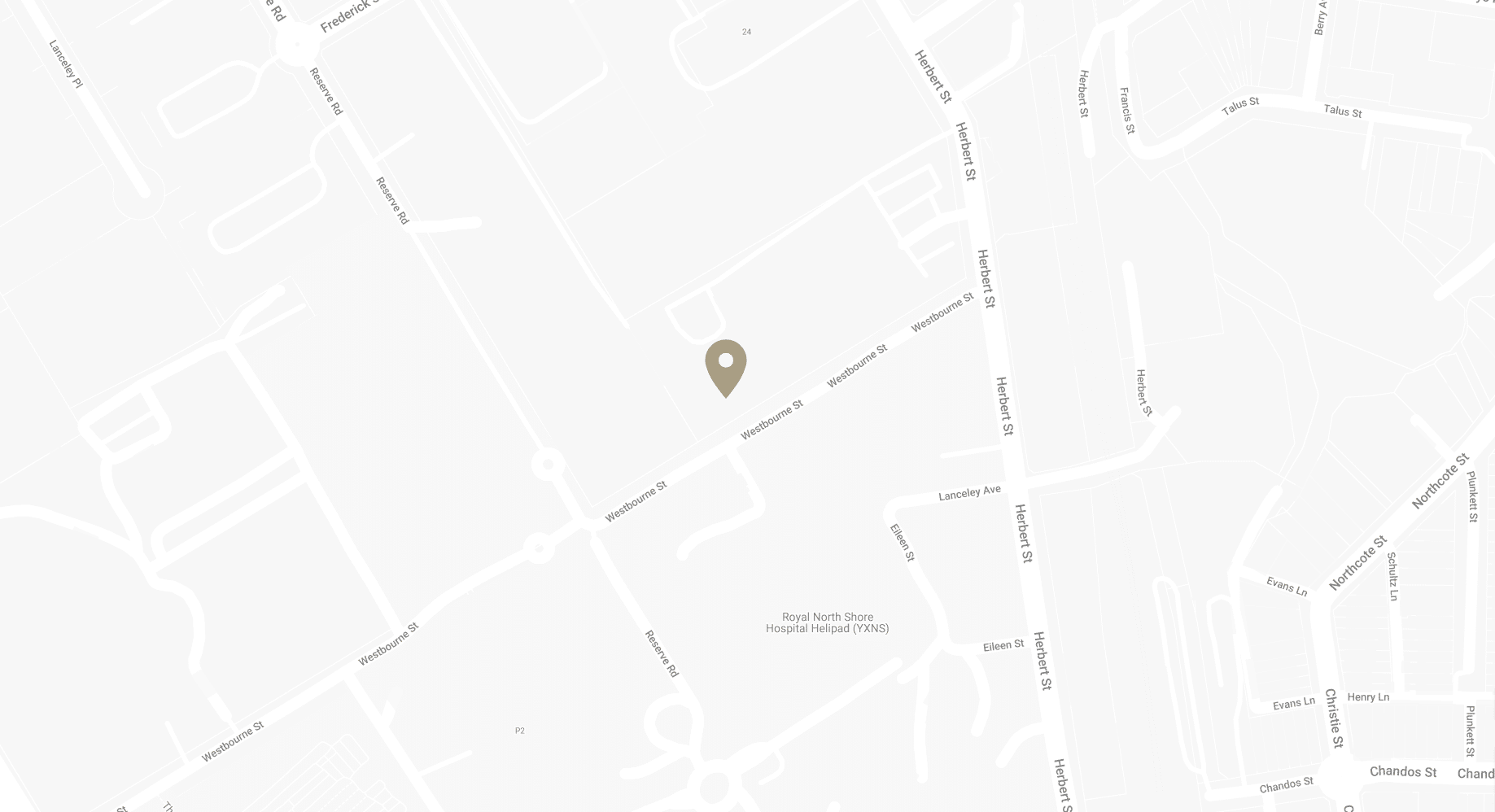What You Need to Know about Breast Reduction Complications
Breast reduction surgery is a procedure that aims to reduce the size and weight of the breasts to alleviate discomfort. When considering the procedure, it is essential to understand the potential complications associated with it. In this blog post, we will discuss the various complications that may arise from breast reduction surgery and how our experienced plastic surgeon, Dr Bish Soliman, works to minimise these risks.
Download Dr Bish Soliman’s Guide to Breast Reduction Surgery

Anaesthesia Complications
As with any surgical procedure requiring general anaesthesia, there is a risk of complications related to the anaesthesia itself. These may include allergic reactions, nausea, vomiting, or in rare cases, more severe complications such as heart or lung problems. To minimise these risks, Dr Soliman works closely with a qualified anaesthesiologist who will review your medical history and monitor you closely during and after the procedure.
Bleeding and Haematoma Complications
Bleeding is a common complication associated with any surgical procedure. In the case of breast reduction, excessive bleeding can lead to the formation of a haematoma, which is a collection of blood that forms beneath the skin. Haematomas can cause pain, swelling, and may require additional surgery to drain the excess blood. To reduce the risk of bleeding and haematoma formation, Dr Soliman employs meticulous surgical techniques and may recommend that you avoid certain medications, such as blood thinners, prior to your surgery.
Infection
Infection is another potential complication of breast reduction surgery. Signs of infection may include redness, swelling, pain, discharge, and fever. To minimise the risk of infection, Dr Soliman and his team adhere to strict sterile techniques during the procedure and will provide you with detailed post-operative care instructions. You will also be prescribed antibiotics to help prevent infection.
Poor Wound Healing
In some cases, patients may experience poor wound healing following breast reduction surgery. This can be due to factors such as smoking, diabetes, or poor circulation. Slow healing can lead to more noticeable scarring or even wound separation. To promote proper healing, Dr Soliman will advise you to quit smoking at least six weeks before and after your surgery, maintain a healthy diet, and follow all post-operative care instructions closely.
Nipple or Areola Necrosis
Nipple or areola necrosis is a rare but serious complication of breast reduction surgery. It occurs when the blood supply to the nipple or areola is compromised, causing the tissue to die. This complication is more likely to occur in patients who smoke, have diabetes, or have very large breasts. Dr Soliman takes great care to preserve the blood supply to the nipple and areola during the procedure and will closely monitor you during your recovery to ensure proper healing.
Asymmetry
While Dr Soliman strives to achieve symmetry between the breasts, perfect symmetry may not always be possible. Some degree of asymmetry may be present before the surgery and may persist after the procedure. In rare cases, asymmetry may be more noticeable and require additional surgery to correct.
Changes in Nipple or Breast Sensation
Some patients may experience changes in nipple or breast sensation following breast reduction surgery. This can include numbness, tingling, or hypersensitivity. In most cases, these changes are temporary and will resolve on their own within a few months. However, in rare instances, the changes may be permanent.
Unsatisfactory Results
Although the vast majority of patients are satisfied with the results of their breast reduction surgery, there is a risk of unsatisfactory results. This can include issues such as unfavourable scarring, contour irregularities, or dissatisfaction with the final breast size or shape. Dr Soliman will work closely with you to understand your goals and expectations and will use his expertise to create a personalised surgical plan to achieve the best possible results.
Breastfeeding Difficulties
While some women are able to breastfeed after breast reduction surgery, some may experience difficulties. The procedure can involve the removal of glandular tissue and the repositioning of the nipple, which may impact milk production and the ability to breastfeed. If you are planning to have children in the future and wish to breastfeed, it is essential to discuss this with Dr Soliman during your consultation.
Need for Revision Surgery
In some cases, patients may require revision surgery to address complications or unsatisfactory results. This can include procedures to correct asymmetry, improve scarring, or further reduce breast size. Dr Soliman will work closely with you to address any concerns you may have and will recommend revision surgery only when necessary to achieve the best possible outcome.
Potential Complications Specific to Patients Who Have Diabetes
Patients with diabetes face additional risks and potential complications when undergoing breast reduction surgery. These risks are primarily related to the impact of diabetes on the body’s healing process and its ability to fight infections. Some of the specific risks and complications that diabetic patients should be aware of include:
- Impaired wound healing: Diabetes can cause poor circulation and damage to blood vessels, which can slow down the healing process. This can lead to prolonged recovery times and an increased risk of wound complications, such as infections or wound separation.
- Increased risk of infection: Diabetes can weaken the immune system, making patients more susceptible to infections. This is particularly concerning in the context of surgical procedures, as infections can lead to serious complications and may require additional treatment, such as antibiotics or even further surgery.
- Increased risk of nipple or areola necrosis: As mentioned earlier, nipple or areola necrosis is a rare but serious complication of breast reduction surgery. Patients with diabetes are at a higher risk of developing this complication due to the potential for poor circulation and impaired healing.
- Difficulty in managing blood sugar levels: The stress of surgery and the recovery process can make it more challenging for diabetic patients to manage their blood sugar levels. Fluctuations in blood sugar can further impact the healing process and increase the risk of complications.
To minimise these risks, it is crucial for diabetic patients to work closely with Dr Bish Soliman and their primary care physician or endocrinologist to ensure their diabetes is well-controlled before, during, and after the surgery. This may involve:
- Achieving stable blood sugar levels prior to surgery
- Adjusting medication dosages as needed
- Monitoring blood sugar levels closely during the recovery period
- Following a healthy diet and lifestyle to promote healing and manage diabetes
Dr Bish Soliman takes special care when working with diabetic patients to minimise the risks associated with breast reduction surgery. He will work closely with you and your medical team to develop a personalised plan that takes into account your specific needs and concerns. This may include additional pre-operative testing, modifications to the surgical technique, and close post-operative monitoring to ensure the best possible outcome.
Specific Complications Associated with Patients Who Smoke
Patients who smoke face a significantly higher risk of complications when undergoing breast reduction surgery. Smoking can have a profound impact on the body’s ability to heal and recover from surgical procedures, leading to a range of potential complications. Some of the specific risks and complications associated with smoking and breast reduction surgery include:
- Impaired wound healing: Smoking reduces the amount of oxygen and nutrients that reach the tissues, which can significantly slow down the healing process. This can lead to prolonged recovery times, increased pain, and a higher risk of wound complications, such as infections, wound separation, or delayed closure.
- Increased risk of infection: Smoking weakens the immune system, making patients more susceptible to infections. In the context of breast reduction surgery, infections can occur at the incision sites or deeper within the tissue. Infections may require additional treatment, such as antibiotics or further surgery, and can lead to more noticeable scarring or other complications.
- Higher risk of nipple or areola necrosis: Smoking can cause damage to blood vessels and impair circulation, which can compromise the blood supply to the nipple and areola. This increases the risk of nipple or areola necrosis, a serious complication where the tissue dies due to lack of blood flow. This complication may require additional surgery to remove the damaged tissue and reconstruct the nipple or areola.
- Increased risk of anaesthesia complications: Smoking can affect the lungs and respiratory system, making it more difficult for patients to tolerate anaesthesia. This can lead to a higher risk of complications during and after the procedure, such as difficulty breathing, pneumonia, or other respiratory issues.
- Unsatisfactory cosmetic results: Smoking can impact the quality of the skin and the overall healing process, leading to more noticeable scarring, skin discolouration, or other cosmetic issues. These unsatisfactory results may require additional corrective surgeries to address.
To minimise the risks associated with smoking and breast reduction surgery, Dr Bish Soliman strongly advises patients to quit smoking at least six weeks prior to their procedure and to remain smoke-free throughout the recovery process. This allows the body time to heal and improves circulation, which can significantly reduce the risk of complications.
If you are a smoker considering breast reduction surgery, it is essential to be honest with Dr Soliman about your smoking habits during your consultation. He will work with you to develop a plan to help you quit smoking and ensure the best possible outcome for your surgery. This may include:
- Providing resources and support to help you quit smoking
- Discussing nicotine replacement therapy or other cessation aids
- Adjusting the surgical plan or technique to account for your smoking history
- Close monitoring during the recovery process to identify and address any potential complications early on
By quitting smoking and working closely with Dr Soliman, you can significantly reduce the risks associated with breast reduction surgery and improve your chances of a successful recovery and satisfactory results.
FAQs about Breast Reduction Complications
Is it possible to undergo breast reduction surgery if I have diabetes or smoke?
- Yes, it is possible to undergo breast reduction surgery if you have diabetes or smoke. However, these conditions can increase the risk of complications and may require additional precautions and planning. Dr Bish Soliman will work closely with you to assess your individual risks and develop a personalised plan to ensure the best possible outcome.
How long should I wait after quitting smoking before undergoing breast reduction surgery?
- It is recommended that patients quit smoking at least six weeks prior to their breast reduction surgery. This allows the body time to recover from the effects of smoking and improves circulation, which can help reduce the risk of complications and promote better healing.
What can I do to manage my diabetes and minimise the risks associated with breast reduction surgery?
- To manage your diabetes and minimise the risks associated with breast reduction surgery, it is essential to work closely with your primary care physician or endocrinologist to achieve stable blood sugar levels before the procedure. You should also follow a healthy diet, exercise regularly, and monitor your blood sugar levels closely during the recovery process.
What should I do if I experience complications related to diabetes or smoking after my breast reduction surgery?
- If you experience complications related to diabetes or smoking after your breast reduction surgery, it is essential to contact Dr Soliman’s office immediately. He and his team will work with you to assess your situation and provide the appropriate treatment or guidance. This may include adjusting your medication, providing wound care, or recommending additional procedures to address any complications that arise.
Further Reading about Breast Reduction Surgery with Sydney Specialist Plastic Surgeon Dr Bish Soliman
- Read Dr Bish Soliman’s Blog about Consultation for Breast Reduction Surgery
- Read Dr Bish Soliman’s Blog about Reducing Bruising after Breast Reduction
- Read Dr Bish Soliman’s Blog about Getting Back to Exercise After Breast Reduction Surgery
- Read Dr Bish Soliman’s Blog about How to Prepare for Breast Reduction Surgery
- Read Dr Bish Soliman’s Blog about FAQs about Breast Reduction (Reduction Mammaplasty)
Medical References about Breast Reduction Complications
- A 12-year review of patient-reported outcomes after reduction mammoplasty in patients with high body mass index
- Risk Factors for Complications after Reduction Mammoplasty: A Meta-Analysis
- Evaluation of the Effect of Reduction Mammoplasty on Body Posture in Patients with Macromastia
- Antibiotic prophylaxis in reduction mammaplasty
- Superior Pedicle Inverted T-reduction Mammaplasty with Short Horizontal Scar



